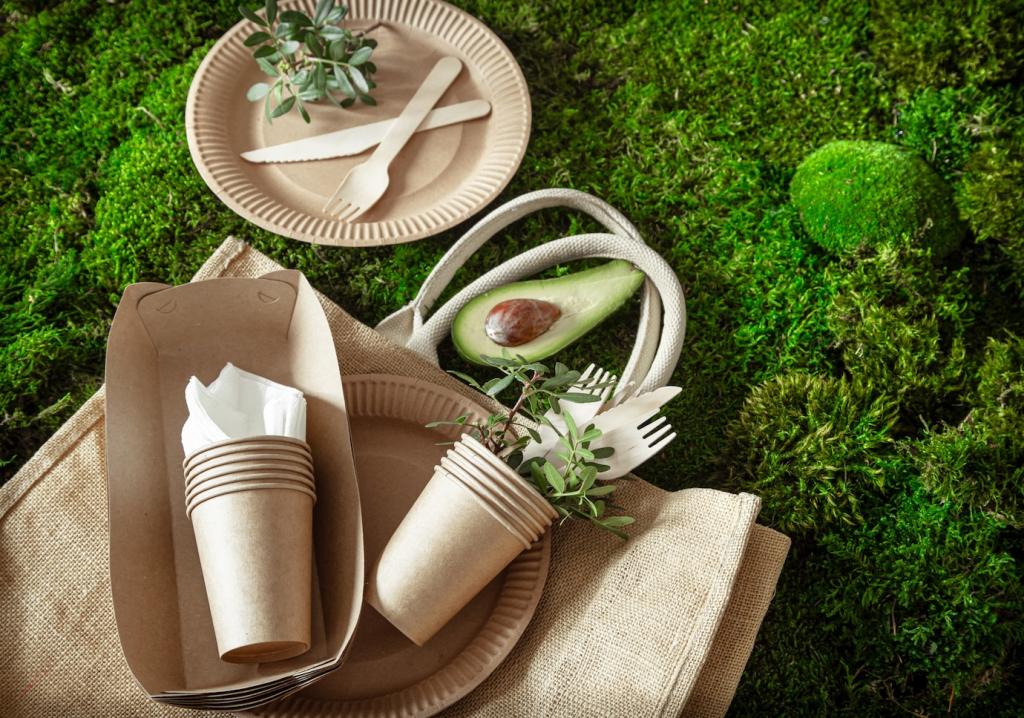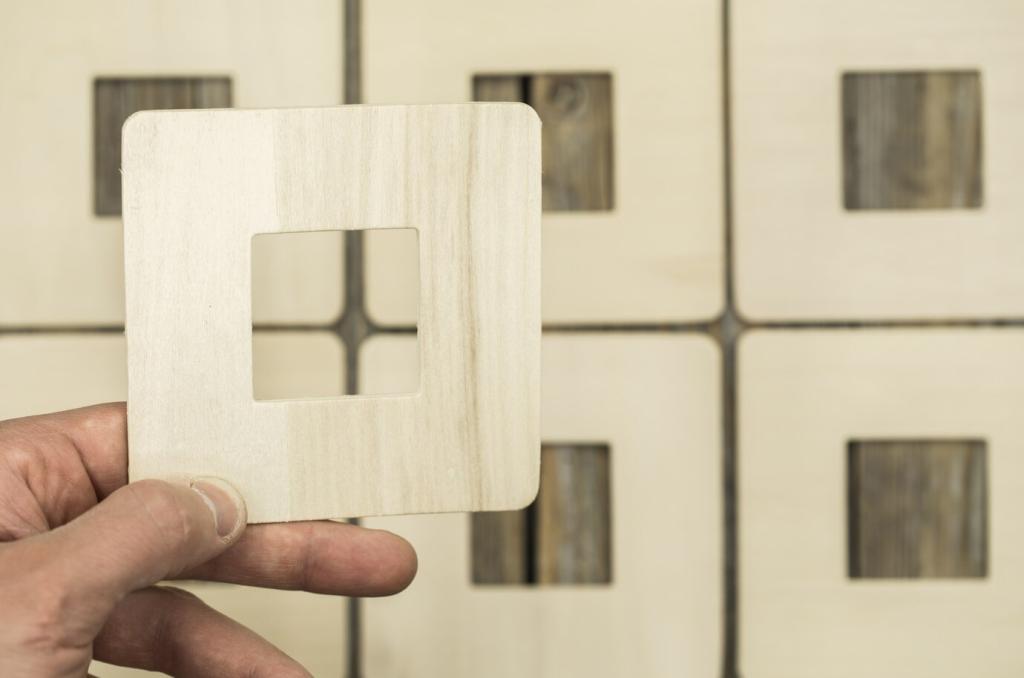Non-Toxic Finishes for Safe Living
Our theme today is Non-Toxic Finishes for Safe Living—an inviting path to healthier rooms, calmer routines, and materials you can trust around kids, pets, and guests. Explore practical tips, real stories, and science-backed guidance, then subscribe for future deep dives and product-tested insights.

Why Non-Toxic Finishes Matter
Volatile organic compounds evaporate from many conventional finishes, contributing to indoor air pollution long after application. Zero-VOC claims often mean under roughly five grams per liter, yet colorants can add emissions. Choose verified low-VOC formulas and allow generous curing time before heavy use.
Natural Oils and Waxes
Tung and polymerized linseed oils penetrate wood, enhancing grain with a warm, natural glow. Beeswax or hardwax blends add light protection. Expect multiple thin coats, careful buffing, and periodic refreshes. The payoff is tactile, matte beauty with fewer chemical concerns and a timeless, handcrafted feel.
Water-Based, Low-VOC Coatings
Modern water-based polyurethanes and acrylics offer excellent clarity, fast drying, and lower odors. Many qualify as low- or zero-VOC, particularly untinted bases. They are ideal for floors, cabinets, and trim where durability matters. Confirm tint systems and always ventilate well during application and early curing.
Mineral and Plant-Based Paints and Plasters
Limewash, clay paint, and casein formulas breathe and regulate humidity naturally. They create soft, velvety textures that diffuse light gently. Mineral finishes resist mold and can be highly durable on sound substrates. Follow brand-specific primers and techniques, then post your results to inspire other readers.

Application Techniques for Safer Indoor Air
Ventilation, Curing, and Timing
Work with cross-ventilation, box fans exhausting outward, and well-spaced coats. Many emissions peak early, so avoid sleeping in freshly finished rooms. Follow the manufacturer’s recoat and full-cure timelines, which may extend days or weeks, to ensure the safest return to regular everyday use.
Surface Prep Without Harsh Solvents
Favor mechanical methods like sanding and scraping, plus mild, plant-based cleaners. A HEPA vacuum reduces dust before finishing. If stripping is necessary, consider citrus-based gels with careful ventilation. Document your steps and share before-and-after photos; your process notes help others avoid common pitfalls.
Tools, Cleanup, and Disposal
Use quality brushes or microfiber rollers and decant small amounts to avoid contamination. Many non-toxic products clean with soap and water. Dry oily rags flat to prevent heat buildup, then dispose responsibly. Subscribe for our downloadable cleanup checklist tailored to safer, low-VOC finishing workflows.
Durability Meets Safety
Real-World Wear and Maintenance
Hardwax oils and advanced water-based topcoats resist scuffs and spills, especially with layered applications. Routine care matters: gentle cleaners, felt pads under furniture, and quick wipe-ups. Plan seasonal touch-ups where traffic is highest. Comment with your maintenance routine and what truly held up under daily life.
Moisture-Prone Spaces
Bathrooms, kitchens, and entryways demand moisture awareness. Consider hardwax oils with added water resistance or mineral paints that allow walls to breathe. Improve ventilation and address leaks quickly. Share your kitchen cabinet finish choice and whether you’d select the same product again after six humid months.
Embracing Patina and Planning Touch-Ups
Non-toxic finishes often age gracefully, developing character rather than plasticky shine. Keep small quantities for spot repairs, noting batch numbers. Gentle sanding and a fresh coat can revive a surface fast. Tell us how you balance patina, practicality, and the calm confidence of healthier materials.


Reading Labels and Certifications
VOC values are typically listed in grams per liter. Lower is better, and exemptions vary by region. Remember colorants may change totals. Compare across similar categories and application methods, and ask manufacturers for current data sheets to confirm the exact formulation you will actually purchase.
Reading Labels and Certifications
Look for credible programs such as GREENGUARD Gold, Green Seal, or the Declare label, which emphasize human health and disclosure. Certifications complement, not replace, careful application practices. Subscribe for our certification cheat sheet and tell us which marks you rely on most when shopping.
Planning Your Project and Budget
Cost, Value, and Health
While some non-toxic products cost more upfront, value grows through comfort, lower odors, and fewer headaches or irritations. Consider lifetime maintenance and room use. Tell us where you splurged or saved, and whether the benefits justified shifting dollars toward safer, breathable materials.
DIY or Pro: Choosing Wisely
DIY offers control over products and patience with curing. Professionals bring speed and skill. If hiring, specify non-toxic products in writing and verify brand familiarity. Comment with contractor recommendations who respect safer standards, helping others find teams aligned with healthy-home priorities.
Your Action Plan
Pick one surface this month—tabletop, nursery dresser, or hallway wall—and commit to a non-toxic upgrade. Gather materials, schedule ventilation, and document results. Subscribe for our weekly prompts, and reply with photos so we can celebrate your progress toward a calmer, cleaner, safer living space.
